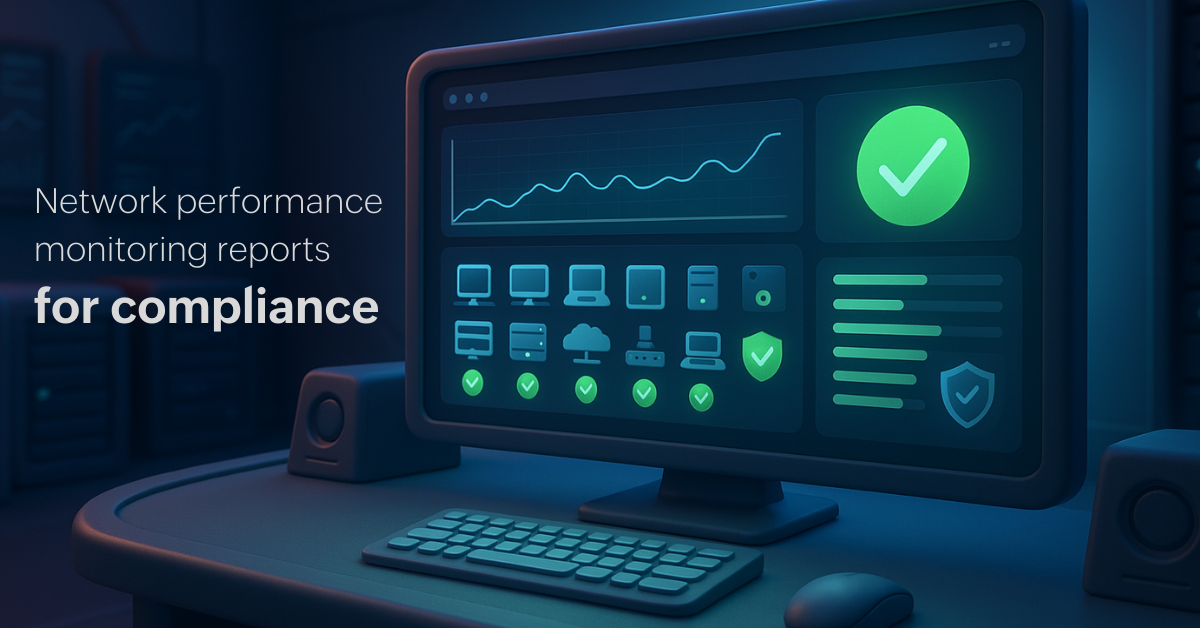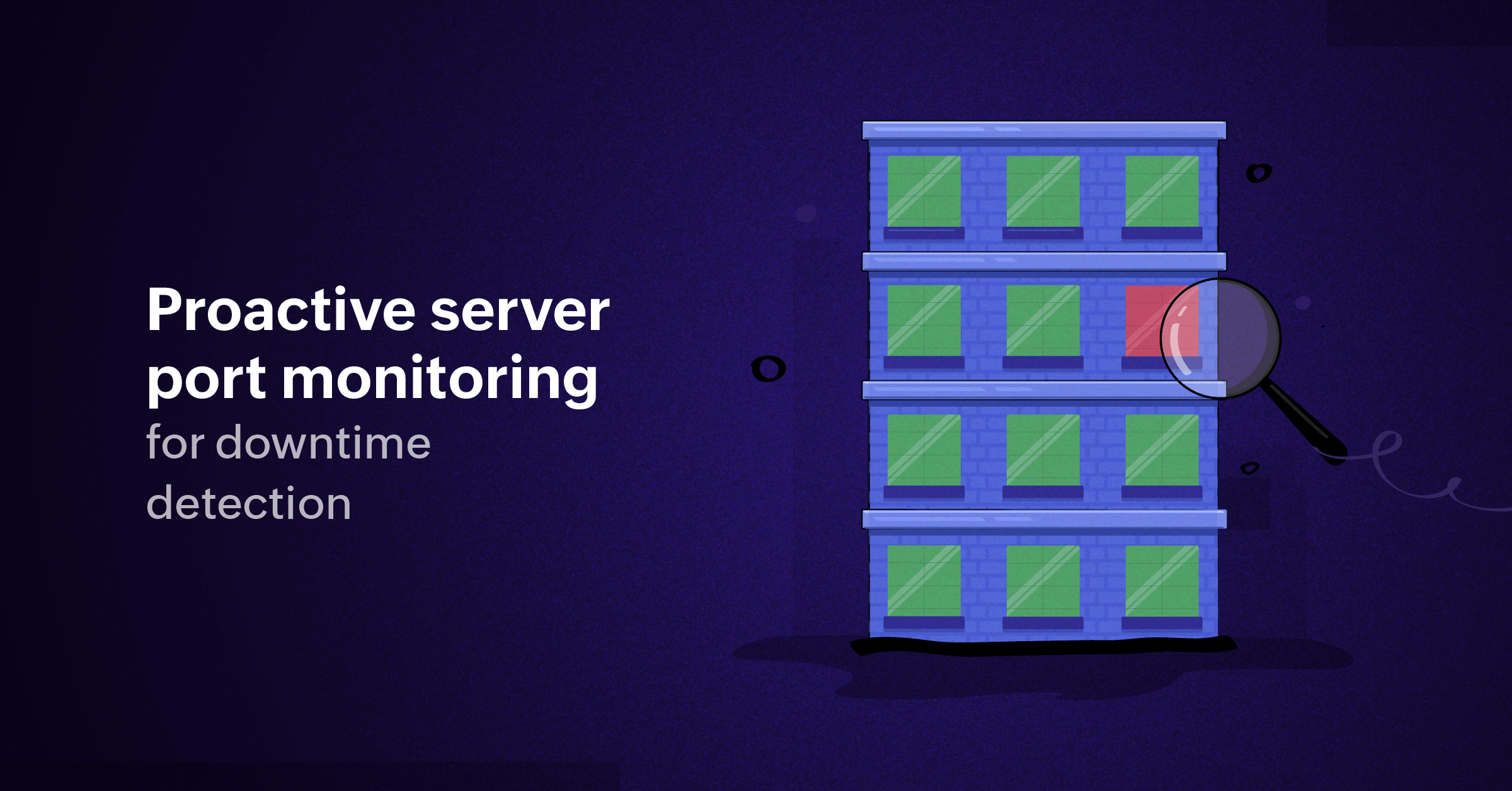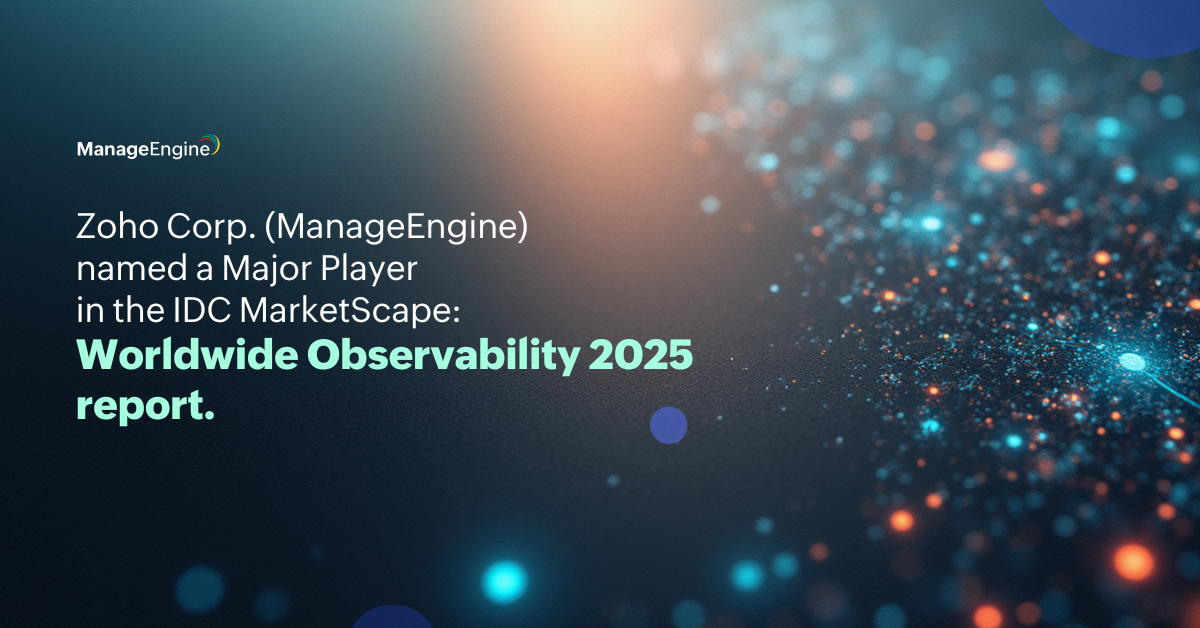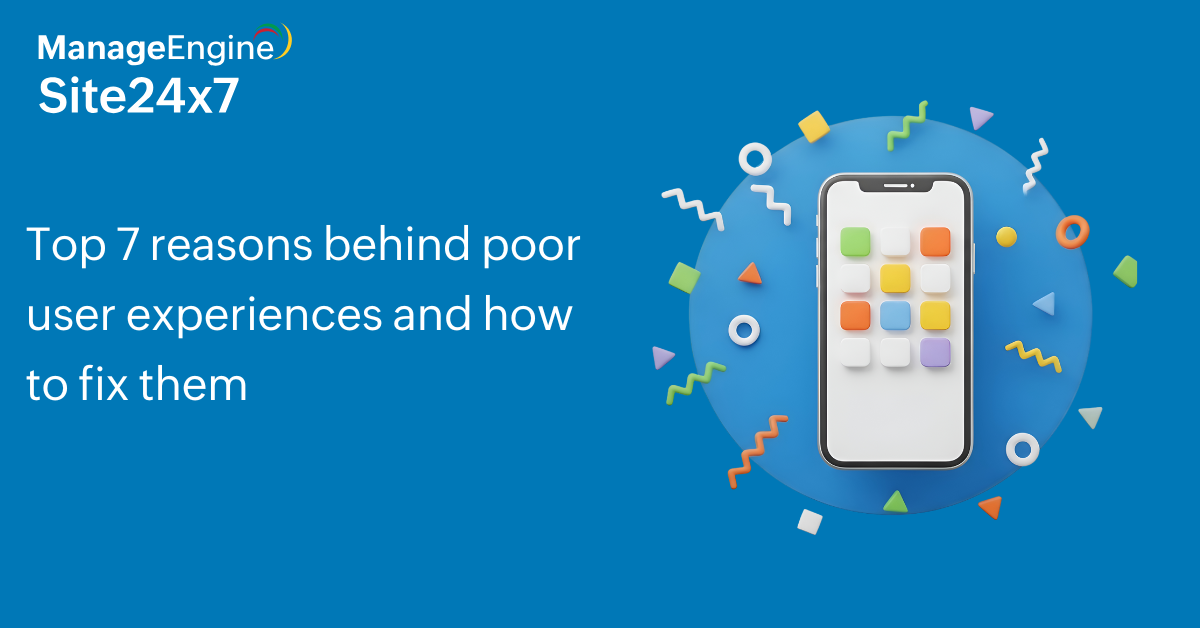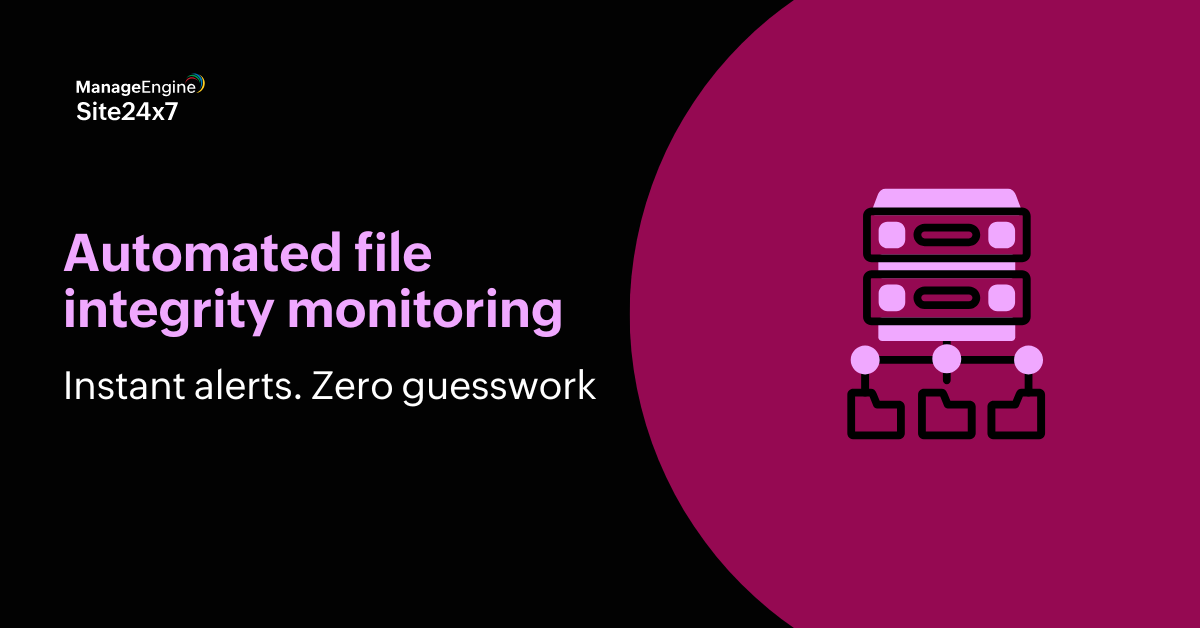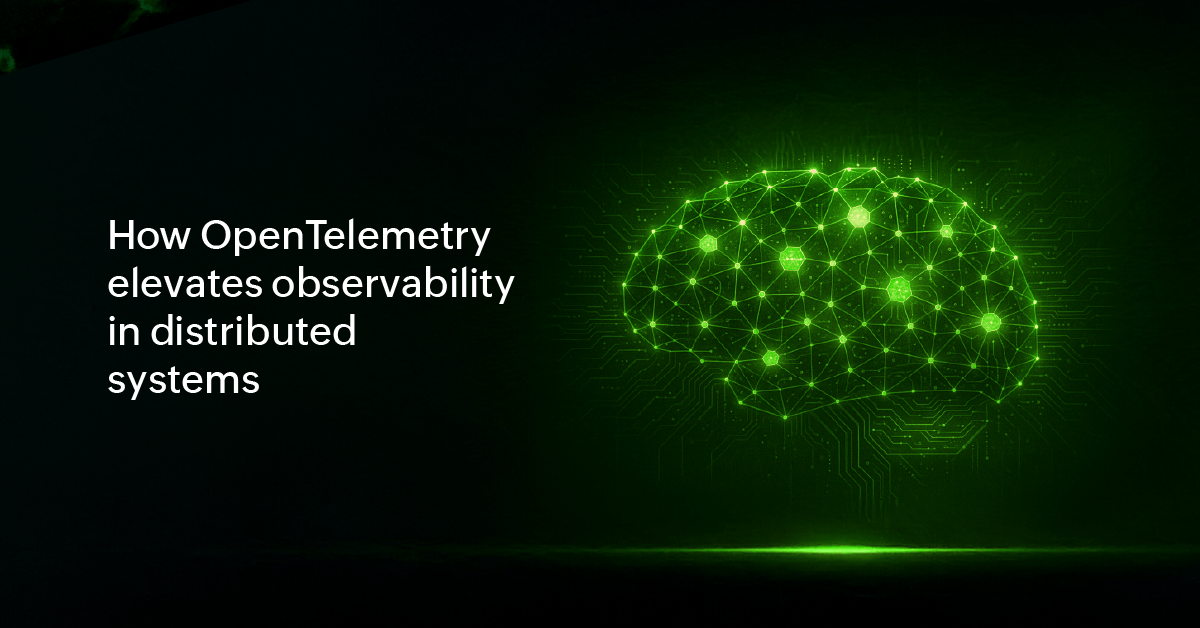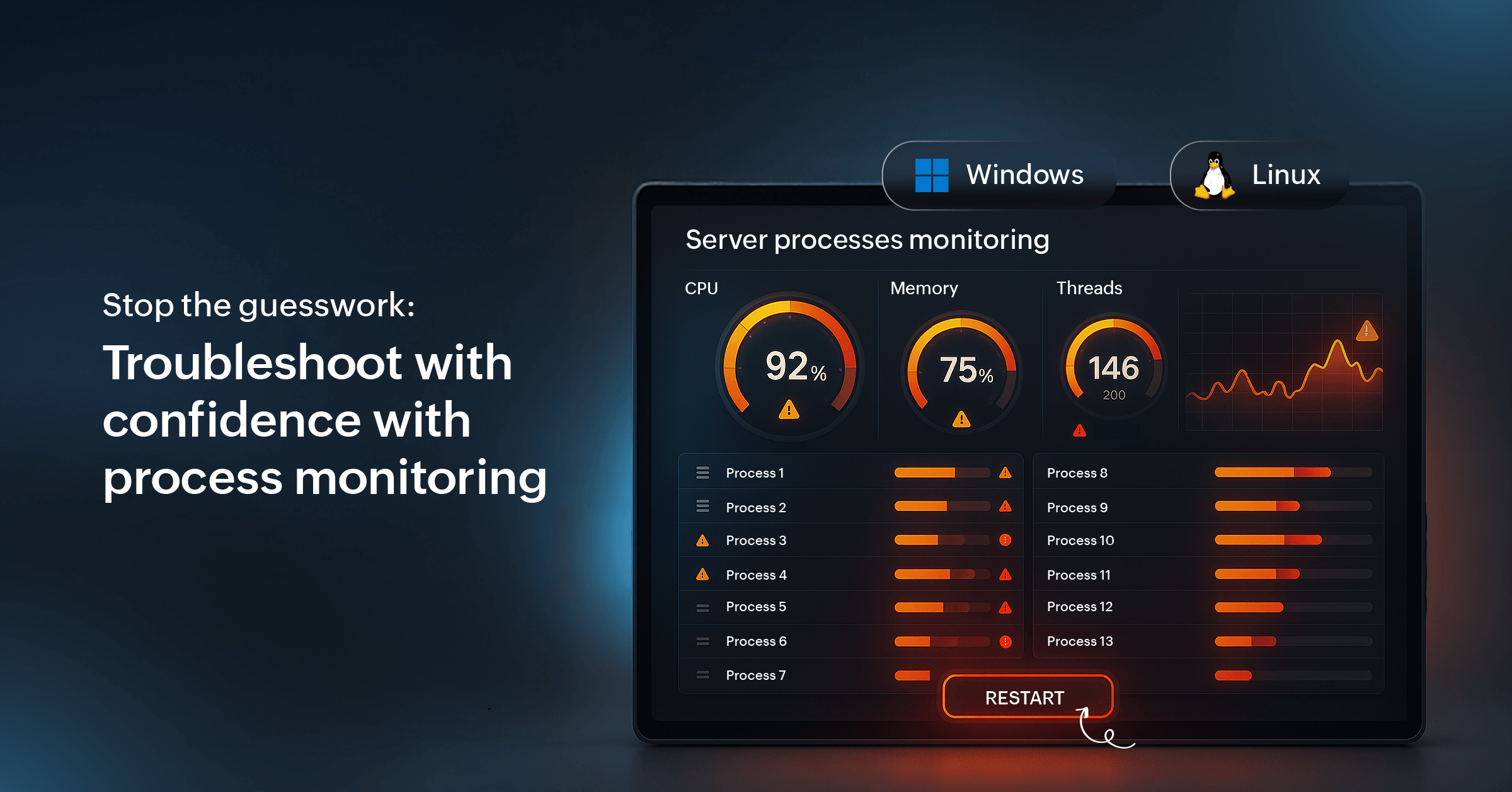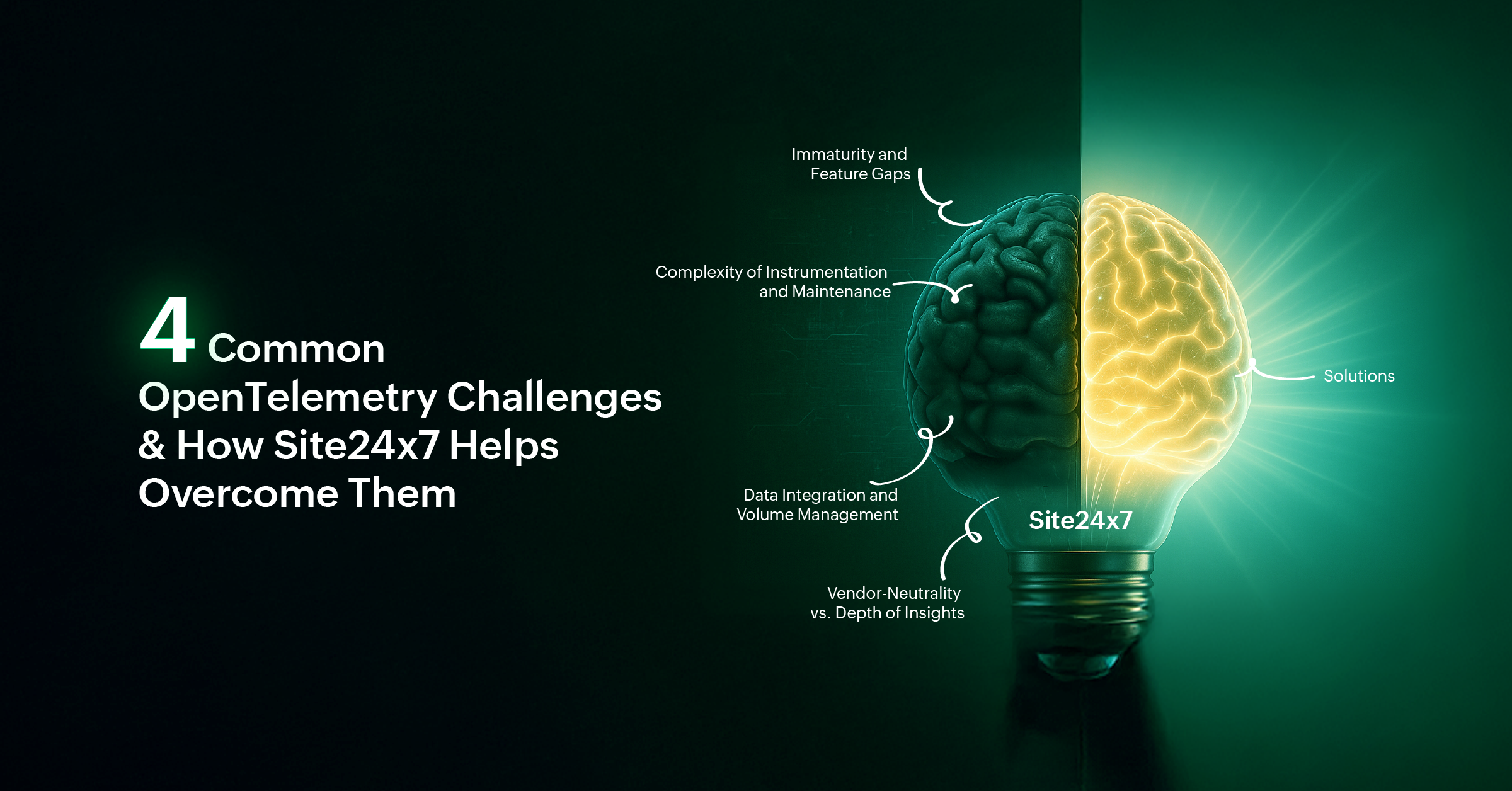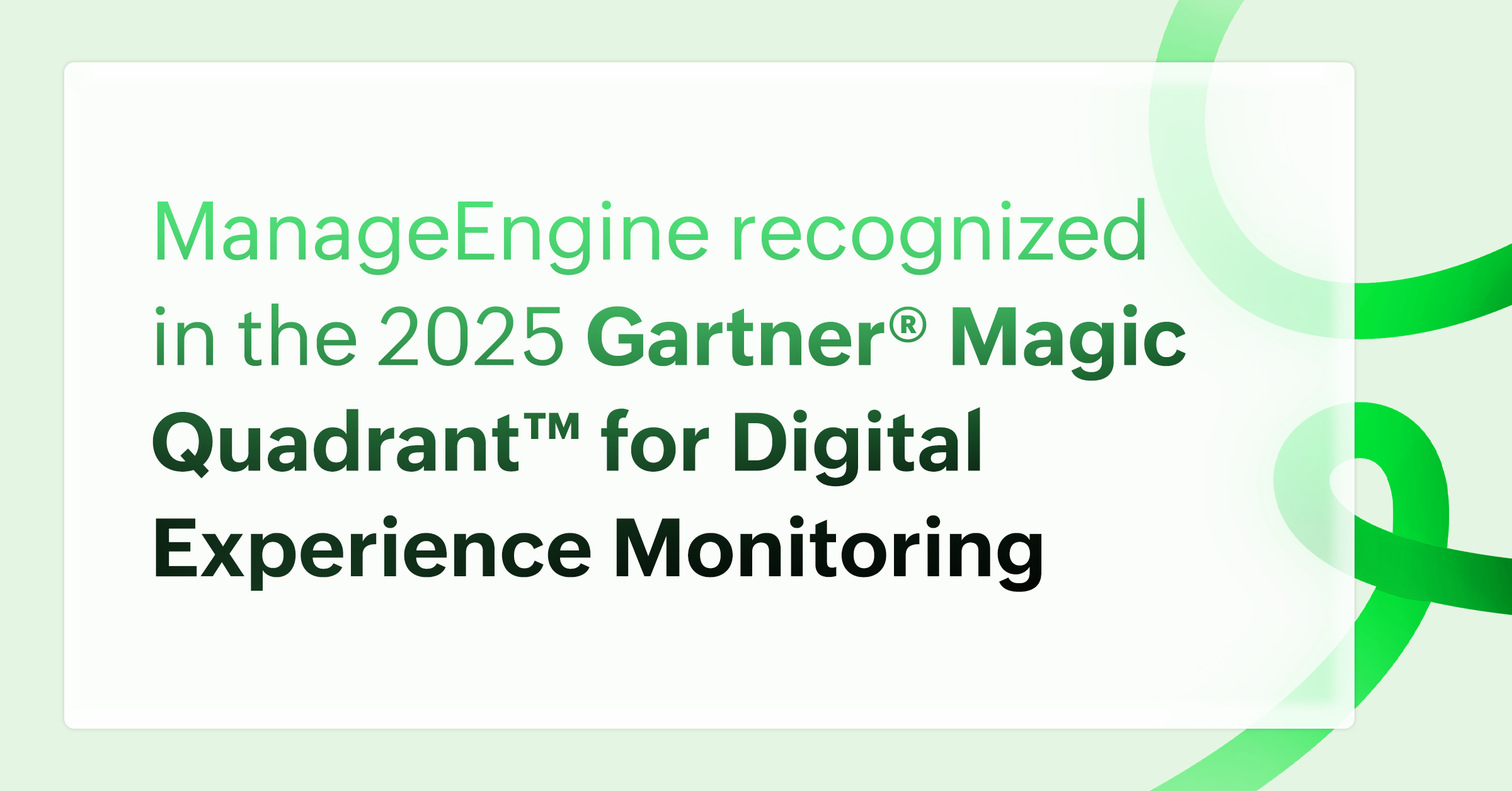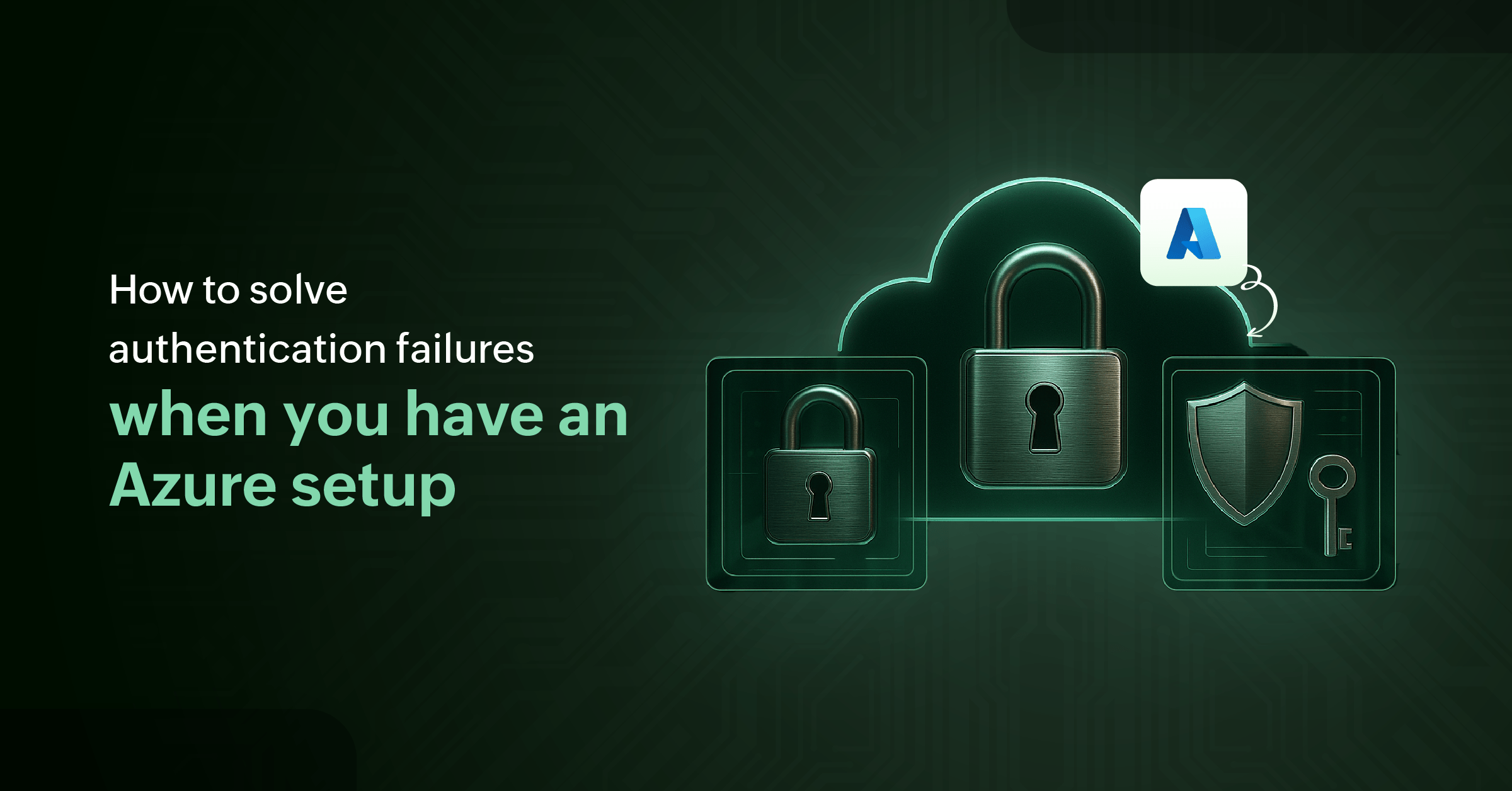Unified network performance monitoring reports for compliance
You don't have to monitor everything in Site24x7, but when you do, your IT operations run like a charm.
A key pillar of unified visibility is network performance, where tracking metrics such as latency, jitter, throughput, and error rates help ensure a smooth data flow across every path.
Proactive server port monitoring for downtime detection
Zoho (ManageEngine) recognized in the IDC MarketScape: Worldwide Observability 2025 report
Our approach to observability is built around a single, integrated platform that brings together performance, user experience, operational intelligence, and cost governance. To support this, the platform spans five solution areas:
This structure ensures customers don’t just collect metrics, they gain operational context and business rel...
Top 7 reasons behind poor user experiences and how to fix them
User experience (UX) has become a pivotal factor in influencing the success of a product. You've probably experienced it yourself by clicking away from a slow website or abandoning an app that just doesn't work right. For product owners, the difference between success and failure often comes down to how smoothly users can interact wit...
Stay audit-ready with real-time file change alerts in Site24x7 server monitoring
How OpenTelemetry can enhance observability in distributed systems: Practical examples
Observability has become one of the fundamental elements of performance and reliability as modern applications move toward cloud-native architectures, microservices, and multi-cloud. Traditional monitoring techniques often fall short in such dynamic, distributed environments. That’s where OpenTelemetry (OTel) , an open-source observability fr...
Stop the guesswork: Troubleshoot with confidence with process monitoring
4 common OpenTelemetry challenges and how Site24x7 helps overcome them
OpenTelemetry (OTel) is transforming observability by standardizing and unifying how telemetry data such as metrics, logs, and traces are collected from distributed systems. However, while it unlocks new opportunities for monitoring and troubleshooting, adopting and operating OpenTelemetry comes with real-world challenges. Here’s what you nee...
ManageEngine recognized in the 2025 Gartner® Magic Quadrant™ for Digital Experience Monitoring
We are excited to share that ManageEngine has been recognized in the 2025 Gartner® Magic Quadrant™ for Digital Experience Monitoring (DEM). We believe this recognition reflects our ability to execute on customer needs while staying in step with the evolving demands of the market.
When we launched ManageEngine more than two decades ago, ...
